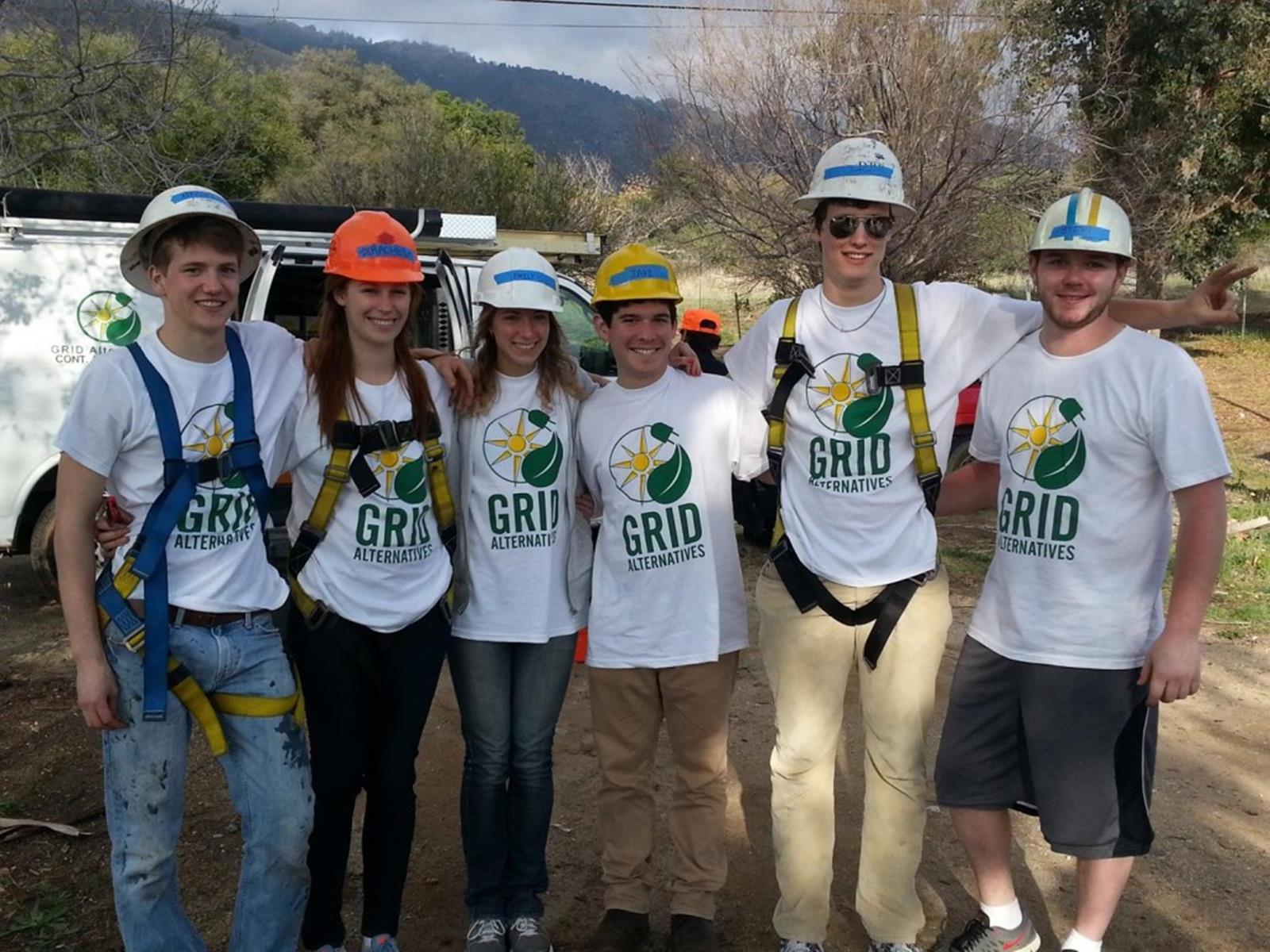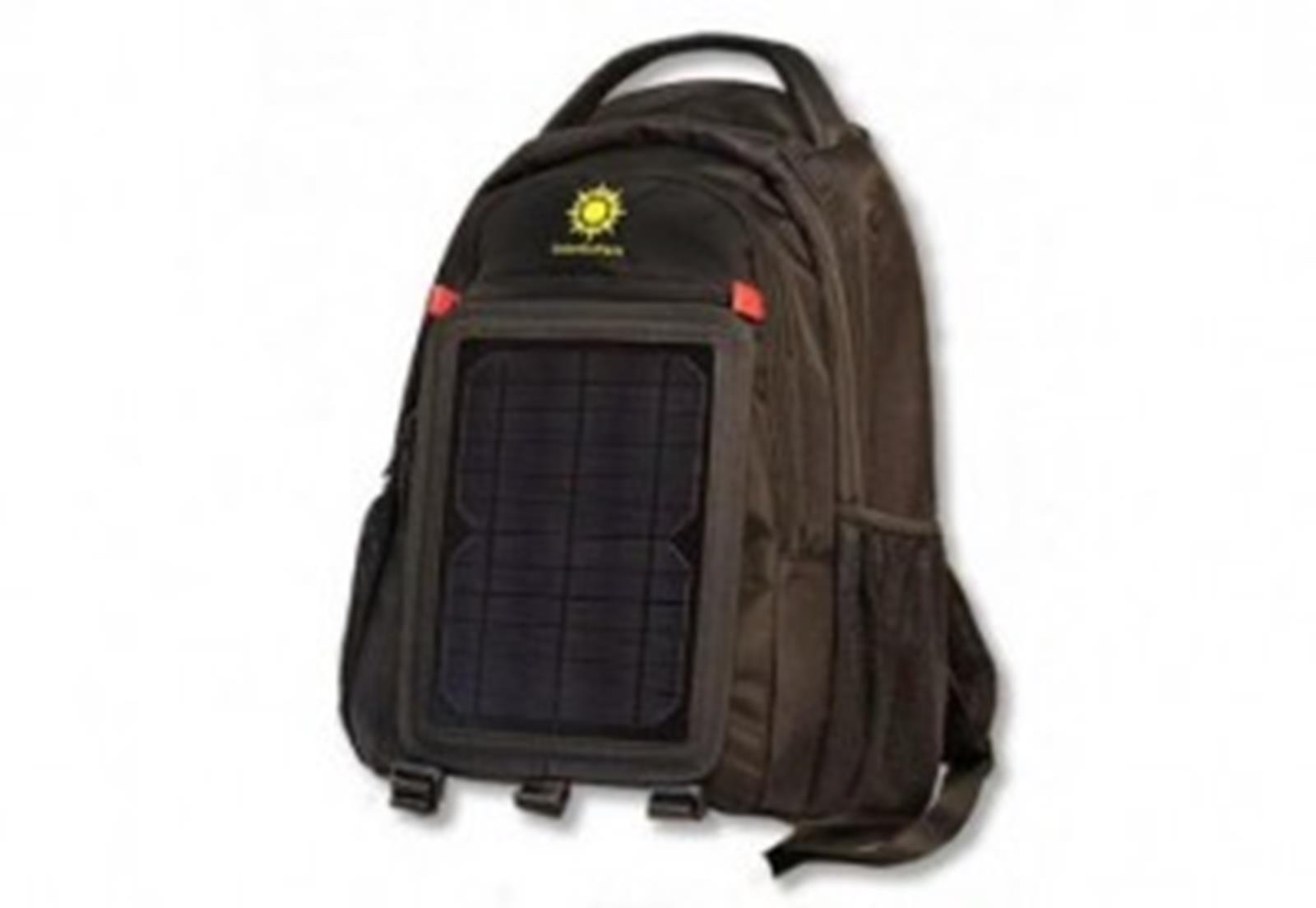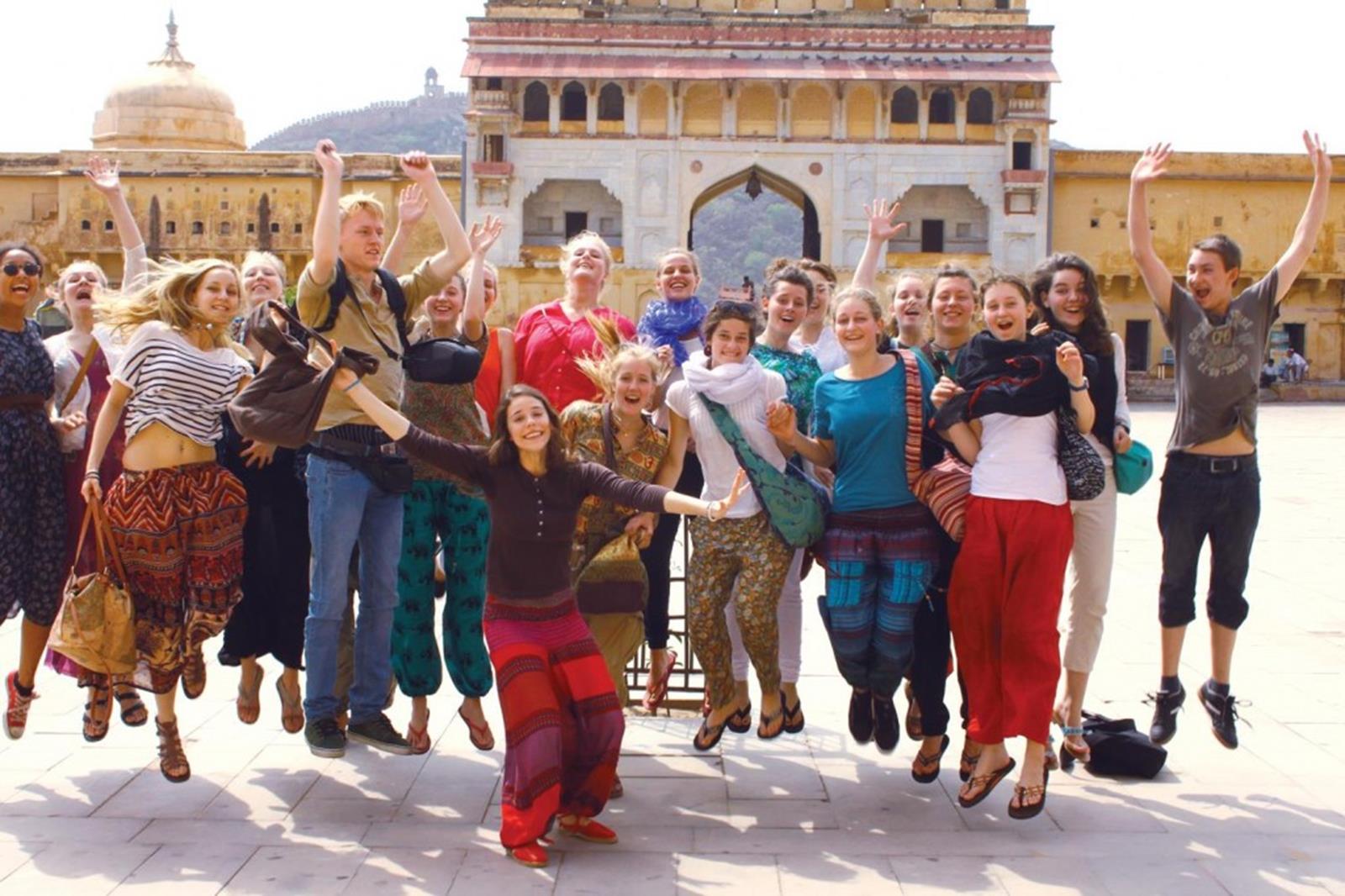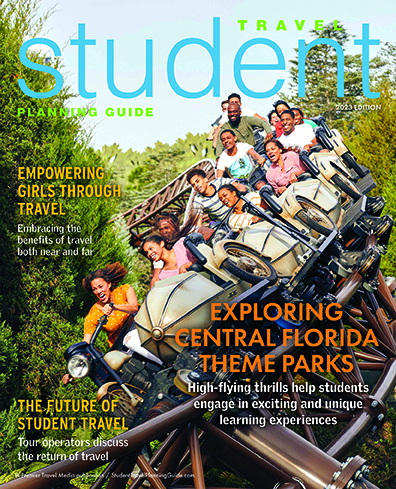The world is vast yet small. Over the last 50 years a continual stream of exotic and once unreachable destinations have come within the traveler’s grasp, but not always with the best of results. Over-trafficking and loose regulations of pristine natural areas are resulting in damage and pollution. Once beautiful, quiet little beach towns are collapsing under the burden of rapid overdevelopment, causing a “use them up and move on” wave of destruction sliding along the coastlines. Local customs and cultures are being replaced by a homogeneous whitewash designed to please tourists.
However, all is not lost.
As group travel leaders, we are not only responsible for the impact of ourselves, but for our entire group, and therefore we carry the extra responsibility of ensuring that the choices we make when planning and executing a journey are environmentally and socially conscious. As student group leaders, we also are entrusted with providing those in our care an educational experience and setting a good example for them to emulate.
We have all borne witness to the rapidly increasing options for eco/sustainable tourism, but you may not be fully aware of what is available to you or what steps you can take to ensure minimum impact. Here we provide you with some useful guidelines to follow while on tour with your students, as well as some examples of sustainable activities and tour options.
What is Sustainable Tourism?
Put simply, it means traveling in such a manner as to preserve the environmental, cultural and economic integrity of the destination while promoting the well-being of the local people. Don’t worry, this is not as complicated or difficult as it might sound.
How Can I Make My Group Trip More Sustainable?
There are far too many tips and guidelines in this regard to be contained within the confines of this publication. In fact, our community would love to hear your suggestions and experiences as well, so we invite you to visit the digital version of this article and leave them in the comments (tinyurl.com/nnf5rdx). However, here are a few to get you started:
Move Your Group Greenly
- When traveling to and from a destination, consider taking a train or bus instead of a plane, and if traveling by plane, try to use only non-stop flights as the majority of an airplane’s fuel is used on takeoff and landing.
- When at your destination, consider walking or cycling tours instead of tour buses.
- When choosing a transportation operator, try to find those that use hybrid, electric or natural gas-powered vehicles.
Spend Your Dollars Locally
- Try to seek out where the locals shop and eat and spend there. By doing this you will support the local economy without driving their infrastructure toward the development of tourist-only vendors.
- Only stay in locally owned and operated accommodations, and look for those that have environmentally friendly policies, such as not giving you fresh towels every day.
Calculate and Offset Your Carbon Footprint
- You can build in the cost of purchasing carbon offset credits from organizations like Carbonfund.org right into the cost of your journey.
- Have your students start a carbon footprint reduction campaign six months or a year in advance of the trip. Think of it like a carbon savings account that you can spend on your trip. Make it into a competition, get the community involved. Hopefully the habits picked up for the campaign will become lifelong ones.
Choose Green Tour Operators
- Many tour companies have policies regarding environmental and socio-economic impact of their tours. Look them over. If they don’t have them, move on.
An excellent example of a responsible tour operator that I have had personal experience with is G Adventures. Their stance and policies on sustainable tourism can be seen plain as day (gadventures.com/about-us/sustainable-tourism)
- Many destinations now offer eco-certification to tour guides. For example, Eco Tourism Australia has several programs (ecotourism.org.au). Let’s try to encourage this trend by asking for and only using eco-certified tour guides.
Reduce, Reuse and Recycle
- Make sure not to forget the basics. Write up policies for your students to follow regarding consumption and recycling while on tour.
- Have your students pack a reusable water bottle so they don’t have to repeatedly buy bottled water.
- Use rechargeable batteries, have your students each pack a reusable canvas bag for carrying purchases and keep a weather eye on littering.
Eco-friendly Travel Equipment
Now that we have covered some conceptual advice on how to make your group trip more sustainable, let’s turn our attention to the gadgets.
Freeloader Solar Charger
Not only is this great for everyday use at home, but bringing a solar-powered charging unit along on your trip for the whole group to use allows you to reduce your local power consumption, and also saves money and waste on batteries. (poweryouradventures.com)
SolarGo Pack
Another slick way to power up in an environmentally friendly way is using this backpack with a solar panel and battery system built right in. It also comes with adapters for most types of devices, so this is a great way to charge up your iPad or phone while you are carrying it around on tour. (solargoproductions.com)
2C Solar Light Cap
These are perfect for groups heading into the wilderness for nighttime nature walks or camping trips. Two solar-powered, ultra-bright, warm white LEDs shine down from the cap’s brim for three hours at maximum intensity or eight hours at lower levels. (solarlightcap.com)
SteriPen Adventurer Opti Water Purifier
Ultra-portable and chemical-free, this water purification system is an eco-friendly alternative to buying bottled water on your travels. The UV lamp is powered by two rechargeable AA batteries that can provide 8,000 water treatments.
Eco Orbis
If any students in your group are in the market for new luggage for the trip, this is a great opportunity for them to make a sustainable purchase. Heys makes a series of luggage sets called Eco Orbis, made from 100% recycled plastic that come in lots of shapes, sizes and colors. (shop.heys.ca)
Great Examples of Sustainable Tourism
The best practices we have discussed so far can be used regardless of your destination or the purpose of your student trip. However, if the purpose of your trip is to directly contribute to making the world a better place, there are numerous green options for your student group. The following are some of our favorites:
G Adventures
Considered by many as the archetype for sustainable tourism, G Adventures has built its entire company structure around ensuring that “travel is an exchange, not a commodity” and that by traveling with them, you will give back as much as you receive.
Through its Planeterra Foundation, G Adventures sponsors projects that ensure that the communities touched by tourism benefit in sustainable ways and work to minimize the impact tourism has upon the destination.
G Adventures’ tours work with small, local businesses that not only keep your travel dollars within the community but provide you with a more authentic cultural experience. To help minimize impact and make sure that everyone receives adequate attention, they normally work with smaller groups (20 or less), although larger, private groups can sometimes be arranged. (gadventures.com)
GRID Alternatives
Dedicated to “bringing solar technology to communities that would not otherwise have access,” GRID Alternatives has numerous projects running within the United States and internationally. Through a partnership program with the World Wildlife Fund called “Solar Spring Break,” students can help further this mission by learning how to install solar panels to families in need. This is a great way to combine environmental awareness and sustainable social development. (gridalternatives.org)
GreenHeart Travel
The mission statement of Greenheart Travel makes its goals clear: “Through travel and cultural exchange, we help individuals reach their full potential, leading to a more tolerant, peaceful and environmentally sustainable world.”
Their “India Education Adventure” program for teens is a four-week experience broken into two parts. The first two weeks students are placed in an Indian household where they experience the education system, enjoy sightseeing and participate in cultural activities. Then they are off to Palampur in the Himalayas to participate in various volunteer activities, such as conducting awareness campaigns and working with children at a school, day care center or orphanage (greenhearttravel.org).
Pulling it All Together
You are reading our guide because you are planning a group trip, which means that traveling is important to you and how you seek to educate your students about the world. If we as student group travel leaders hope to maintain this opportunity for future students, we need to be aware of the impact we are having on the destinations and cultures to which we love to travel, and take measures to limit any negative impact.
We are also accountable for teaching our students how to travel, and embedding the concepts of sustainability into the core of our programs is key to shaping their worldview and producing responsible, caring adults.










